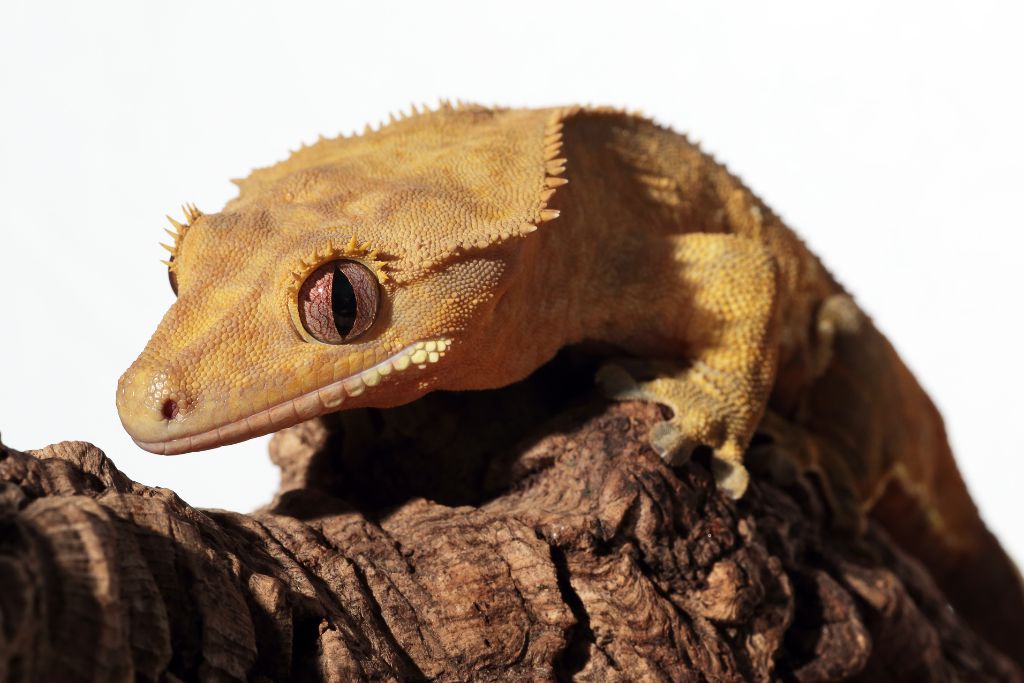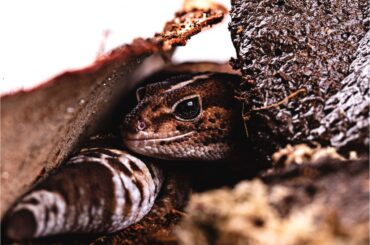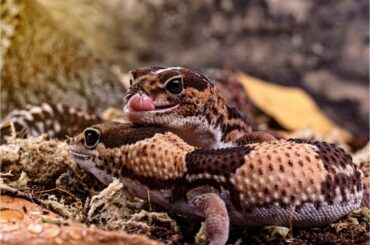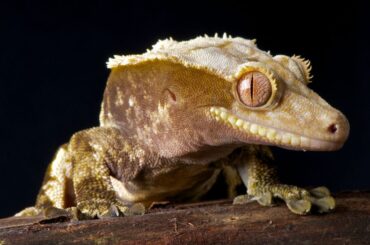What makes crested geckos such popular pets among people who like reptiles? How has the desire to breed crested geckos grown over the past few years? Why is careful breeding important, and what must you know before starting?
Many people love crested geckos (Correlophus ciliatus) because they look nice and are easy to care for. Both new and experienced herpetologists enjoy their gentleness and quirkiness. Continue reading to see why protecting these geckos through breeding has become a popular hobby.
We must emphasize the significance of responsible parenting before we can go forward. Crested geckos are bred to ensure they maintain their health, pass on desirable traits, and contribute to the reptile population.
Understanding Crested Gecko Breeding
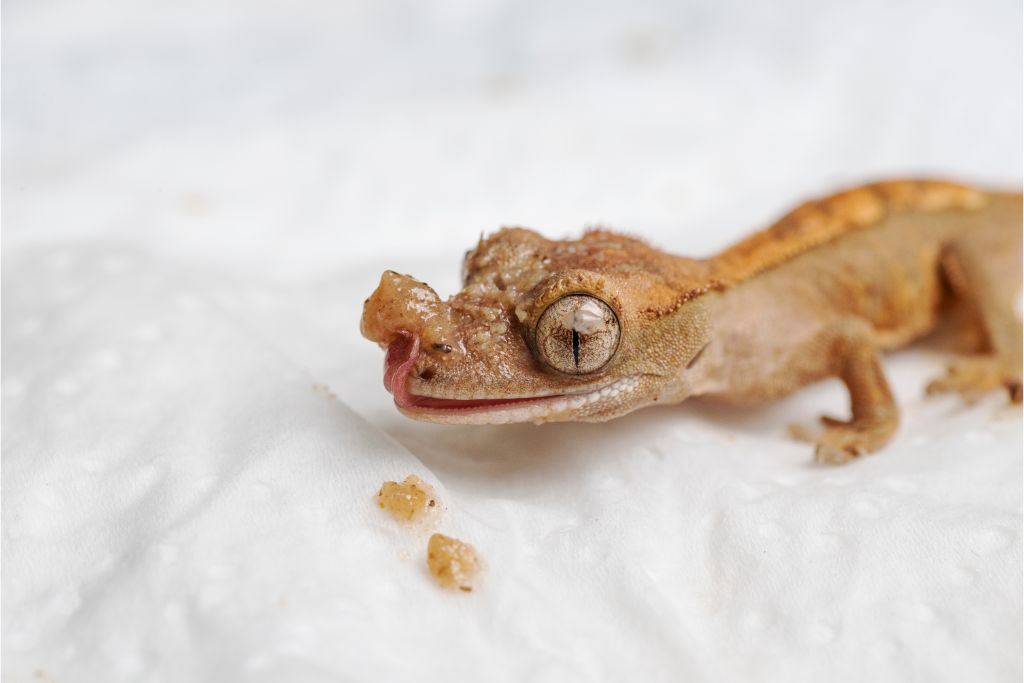
Before getting into the fascinating world of breeding crested geckos, let’s get a better idea of how they reproduce and their life cycle.
Life Cycle
Crested geckos go through several different life stages, each important for their growth and development. Some of these are birth, juvenile, sub-adult, and adult stages.
- Hatching: It all starts with tiny, fragile hatchlings from their eggs. They are about 1 to 2 inches long at this point and need extra care and attention.
- Juvenile: They move into the juvenile phase as they get bigger. During this time, they will grow very quickly, and you will see the start of their unique crests.
- Sub-Adult: Geckos grow and change as they reach the sub-adult stage, gaining size and forming unique colors and patterns. This is the time when they start to become sexually mature.
- Adult: They are ready to have babies when they finally reach adulthood. It is very important to wait until they are fully grown sexually before letting them breed, as doing so too soon can harm their health.
Reproductive Biology
Breeders are interested in how crested geckos reproduce. Because they can keep sperm, they can have many clutches of eggs from a single mating. While they are ovulating, females lay two eggs at a time.
The way crested geckos mate and have babies differs significantly from other animals. Males court females by making small noises and bobbing their heads. The female may lay eggs a few weeks after they’ve been dating.
Gecko owners need to understand and practice these habits to stay healthy and breed. As you breed crested geckos, you will learn a lot about their interesting life cycle and how they reproduce.
Preparing for Breeding
You need to plan for success before you try to breed crested geckos. First, let’s talk about the most important steps for breeding these amazing animals.
Selecting Breeding Stock
Choosing the right breeding stock is very important for raising crested geckos. Geckos that are healthy and have a lot of different genes have strong children. When selecting breeding pairs, think about these factors:
- Health: Make sure that both of the people who want to become parents are healthy. They shouldn’t be ill, bug-ridden, or deformed in any manner. Having their health checked on a regular basis is recommended.
- Age: A gecko should be at least 15 to 18 months old. If you breed too early, it can hurt the females and make the babies smaller.
- Weight: The right weight for your geckos is between 35 and 40 grams for females and a little less for males. To hit these weights, you need to eat right.
- Genetic Diversity: Avoid breeding close relatives to preserve the lineage. Genetic variety reduces genetic health risks.
Creating Optimal Breeding Conditions
Providing optimal circumstances for your crested geckos is essential if you want to see them reproduce. Some considerations are as follows.
- Habitat Setup: Maintain the enclosure and ensure it’s the right size. Maintain a temperature of 72°F (22°C) and a humidity level of 60 to 80%. Good lighting, especially UVB, is vital for health.
- Substrate: You should use a medium like eco-earth or coconut coir, which keeps water in and helps the eggs lay well.
- Hides and Nesting Areas: Your geckos need the right hides for safety. Giving the female nesting boxes filled with wet substrate is essential so she can safely lay her eggs.
How to Breed Crested Geckos
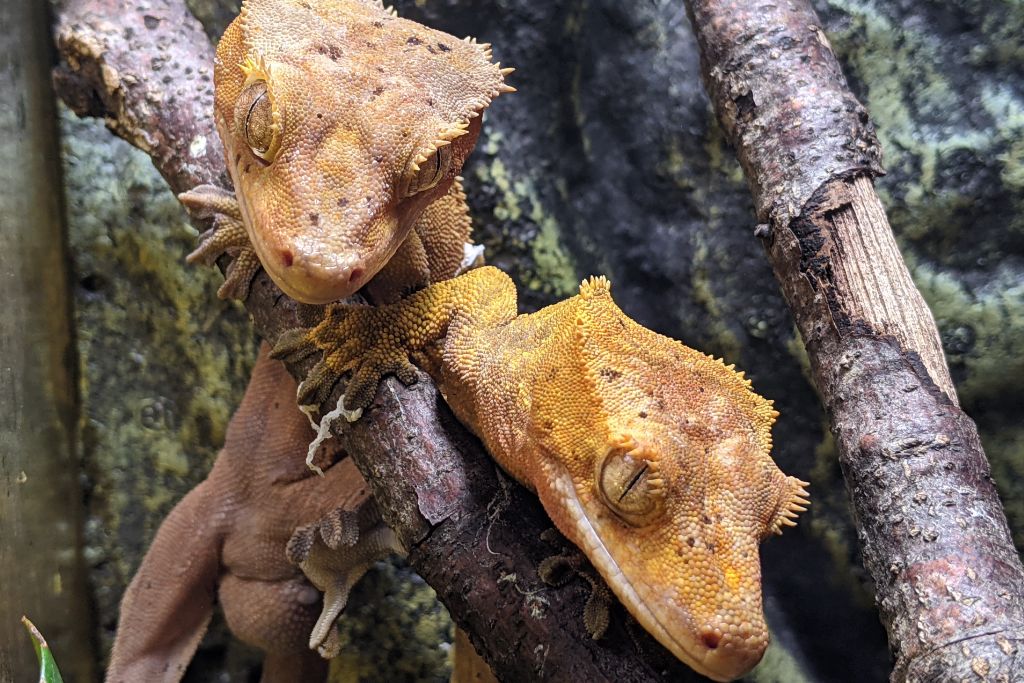
Once your crested geckos are ready to breed, it’s time to start the exciting and careful mating process.
Introduction and Courtship
Introducing breeding pairs is the first step in raising crested geckos. The geckos should be able to get used to each other with a slow and controlled process. Keep an eye out for stress or hostility; if you need to, separate them.
Male crested geckos do strange mating behaviors to attract females. They might show interest in slightly moving and clicking their heads. The male will try to mate with the female if she is open to it, and courtship usually ends with copulation.
Copulation and Crested Gecko Laying Eggs
Copulation happens after courtship is over and a mating plug is made. This plug keeps other guys from mating with the female, but it can come out on its own over time.
Before laying eggs, the female will look for a place to nest. Give her a wet, egg-laying surface in her cage. It will take some time for her to place her eggs in the hole. To allow the eggs to hatch, the nesting space must be kept at the proper temperature and humidity level.
Incubation And Hatching: Crested Gecko Eggs
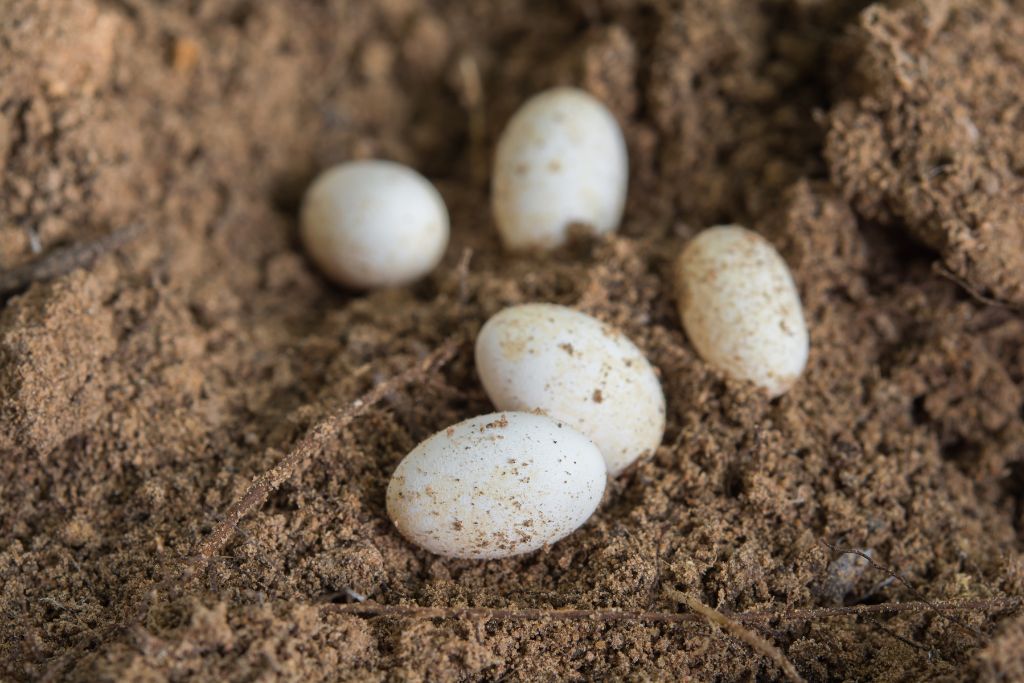
The eggs must be incubated after laying. Carefully transfer eggs to a damp container. Keep humidity around 80% and temperature between 72-78°F (22-26°C). This atmosphere promotes embryo growth. Eggs develop throughout 60 to 90 days of incubation. Wait patiently, and don’t disturb the eggs.
As the eggs hatch, small cracks may show up. As these cracks get bigger, tiny, weak crested geckos will come out of the ground. Give them a safe, warm, and well-prepared place for their first few days. They need to be fed well and given lots of care to grow.
Introducing courtship, copulation, egg-laying, incubation, and hatching are all very interesting to raise a crested gecko. You can help these amazing creatures stay alive with the proper care and conditions.
Post-Breeding Considerations
After successfully breeding your crested geckos, there are essential considerations you need to make sure of their health and the health of their babies.
Post-Breeding Care
- Nutritional Needs: Geckos that are breeding need healthy food. It needs crickets, bugs, and a gecko food powder that is high in vitamins. Extra calcium and vitamin D3 are good for your health and egg production.
- Adequate Space: Geckos must return to their cages after having babies. Giving their bodies a break will help them heal after giving birth. Make sure they have a place to rest.
- Health Monitoring: It is very important to get regular checkups. Watch your geckos for signs of stress, sickness, or hurt. If you have any worries, you should talk to a vet specializing in reptiles.
Genetic Considerations
- Genetic Inheritance: You might be breeding crested geckos with certain morphs, which are changes in color and design. It is crucial to investigate their lineage. The appearance of a hatchling is determined by their parents’ genes, with certain qualities being dominant and others being recessive.
- Responsible Breeding: Genetic diversity and genetic diseases can be avoided through responsible breeding. To avoid health problems and inbreeding, don’t breed geckos that are connected. Geckos do well when they are bred responsibly.
Conclusion
It takes time, effort, and duty to breed crested geckos. As you can see, these amazing geckos show how beautiful nature is, from how they court to how they raise their young.
Carefully working toward this goal helps protect gecko species and strengthens the group of gecko lovers. It’s fun to learn about crested geckos and see them do well by growing them.
FAQs
Are Crested Geckos Easy to Breed?
Yes, crested geckos are a good choice for beginners in reptile breeding because they are easy to breed.
How Can I Tell if My Crested Gecko is Pregnant?
Crested geckos do not become pregnant; instead, they lay eggs. Determining if a female crested gecko is gravid (carrying eggs) can be challenging. You can tell they’re ready to breed by how they act, like letting the male approach them during courtship.
What Age Should You Breed Crested Geckos?
Before you breed crested geckos, you should wait until they are at least 15 to 18 months old to ensure they are sexually mature.

